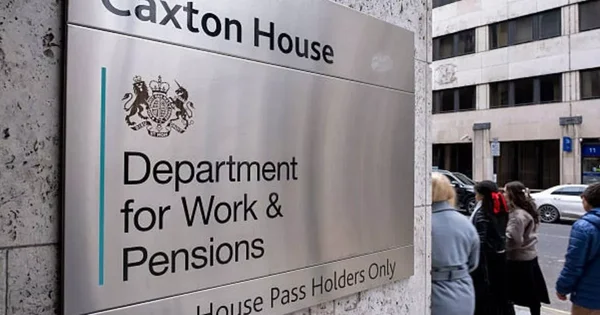Brits seeking to supplement, or even supplant, their salary through investing need look no further than the Stocks and Shares ISA. With a maximum £20,000 annual allowance shielded from both capital gains and income tax, this investment vehicle empowers individuals to build a nest egg capable of generating lasting passive income.
Analysts suggest that consistent annual contributions, combined with market growth, could lead to a self-sustaining income long before typical retirement age. For instance, assuming a 4% annual dividend yield, a £600,000 ISA portfolio could deliver around £24,000 per year, matching many UK salaries.
Through disciplined investing and reinvestment, that milestone becomes attainable within decades. This article demystifies the concepts, explains how investors are leveraging ISAs, and highlights real-world numbers, expert commentary, and actionable strategies.
Understanding the ISA Advantage
A Stocks and Shares ISA offers unmatched tax benefits: all capital gains and investment income, whether from dividends or bond interest, are completely tax-free. Unlike pensions, there is no income tax upon withdrawal, and you can access your funds anytime.
This flexibility is key. “You don’t have to pay tax on the money you take out,” says Fidelity International’s Gemma Evangelou. The government’s £20,000 ISA allowance refreshes annually, with no restrictions based on age or employment status.
The Path to Salary-Level Income
How much capital do you need to generate a salary-like passive income? A commonly cited benchmark is £600,000 invested at a 4% yield, which produces approximately £24,000 annually, or around £2,000 per month.
If you could consistently contribute, say, £20,000 per year and reinvest all returns, a diversified, mid-growth portfolio could realistically reach that level in 25–30 years.
Asset Allocation: Equities, Bonds & Beyond
Balanced portfolios often allocate around 60% to equities and 40% to bonds to ensure stability and income. Equities, especially UK income stocks, typically yield around 3.5%. Corporate or government bonds add that extra layer of consistency, paying fixed interest coupons, and can be a stabilizing force in your ISA.

Investment Selection: Core vs Satellite
A sensible portfolio mixes "core" low-cost, diversified funds, such as index trackers, with "satellite" smaller bets on specialist sectors or themes. Experts frequently recommend mapping a broad equity foundation, then supplementing with niche picks like environmental, energy transition, or technology-focused funds that carry higher risk, and potentially higher returns
Dividend Yield But Don’t Chase Too Hard
High yield isn't always better. Firms paying 8% dividends might be unsustainable, warns Barclays' Will Hobbs. A smarter play is a dividend growth-oriented strategy: choose companies that consistently increase their payouts over time, blending capital growth and income.
Practical Tips: Fees, Platforms, and Starting Out
Fees matter. Just £50–100 in annual platform costs might seem modest, but over decades, these can erode thousands from your portfolio . Compare providers carefully on cost and service.
Starting small is also smart. Many platforms allow monthly contributions as little as £50, helping you learn and build confidence over time, just like opening an online bank account .

Conclusion
A Stocks and Shares ISA offers a powerful, tax-efficient bridge between savings and self-sustaining income. By maximising your annual £20,000 allowance and choosing a balanced, low-cost portfolio, your investments can grow to generate a meaningful passive income.
A 60/40 equity–bond split offers both stability and growth, while core-diversification plus satellite specialist funds helps capture upside. Avoid chasing unsustainable dividend yields; focus instead on long-term income growth and low fees.
Starting small, staying patient, and investing consistently can help you reach a point where your ISA delivers what many consider a second salary, without having to depend on paid employment. Whether to supplement retirement income, create financial flexibility, or even retire early, ISAs offer a uniquely flexible and tax-advantaged path.









